10 Genius Tricks to Make Toilet Training a Triumph
Toilet training is a significant milestone in a toddler's life, marking a step towards independence and maturity. For parents, it can be both an exciting and daunting experience. The transition from diapers to the toilet requires patience, understanding, and a strategic approach. This article explores 10 effective tricks to make this process smoother and more successful. Each section delves into a unique aspect of toilet training, providing insights and practical tips to transform this challenging phase into a triumph. By understanding the nuances of toddler behavior and development, parents can guide their children through this critical transition with confidence and ease.
1. Understanding Readiness: The First Step

Before embarking on the toilet training journey, it's crucial to assess your toddler's readiness. Children develop at their own pace, and forcing toilet training too early can lead to frustration for both the child and the parent. Look for signs such as showing interest in the bathroom habits of others, staying dry for longer periods, or expressing discomfort with dirty diapers. These indicators suggest that your toddler might be ready to begin toilet training. Understanding these signs can prevent unnecessary stress and create a positive environment for learning. It's essential to remember that readiness is not solely about age but about physical, emotional, and cognitive development.
2. Creating a Positive Environment: Setting the Scene
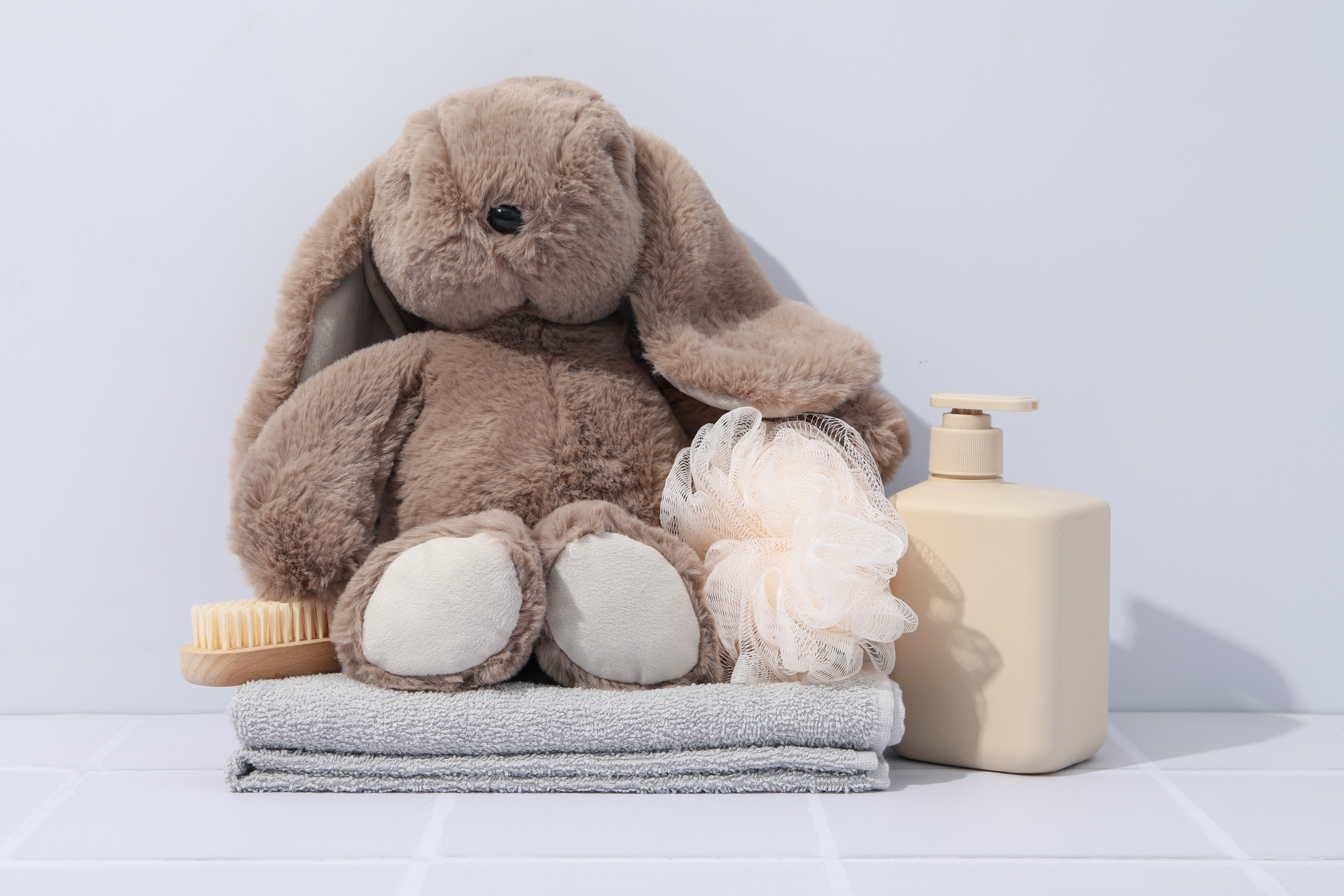
A supportive and encouraging environment is vital for successful toilet training. Create a space where your toddler feels comfortable and safe. Introduce a child-friendly potty chair that is easily accessible. Personalize the potty with your child's favorite stickers or colors to make it more appealing. Additionally, keep the bathroom stocked with essentials like wipes and extra clothes. Establishing a routine can also help; choose specific times during the day for potty breaks, such as after meals or before bedtime. Consistency and familiarity will help your toddler feel secure and more willing to participate in the process.
3. Role Models and Imitation: Learning by Example
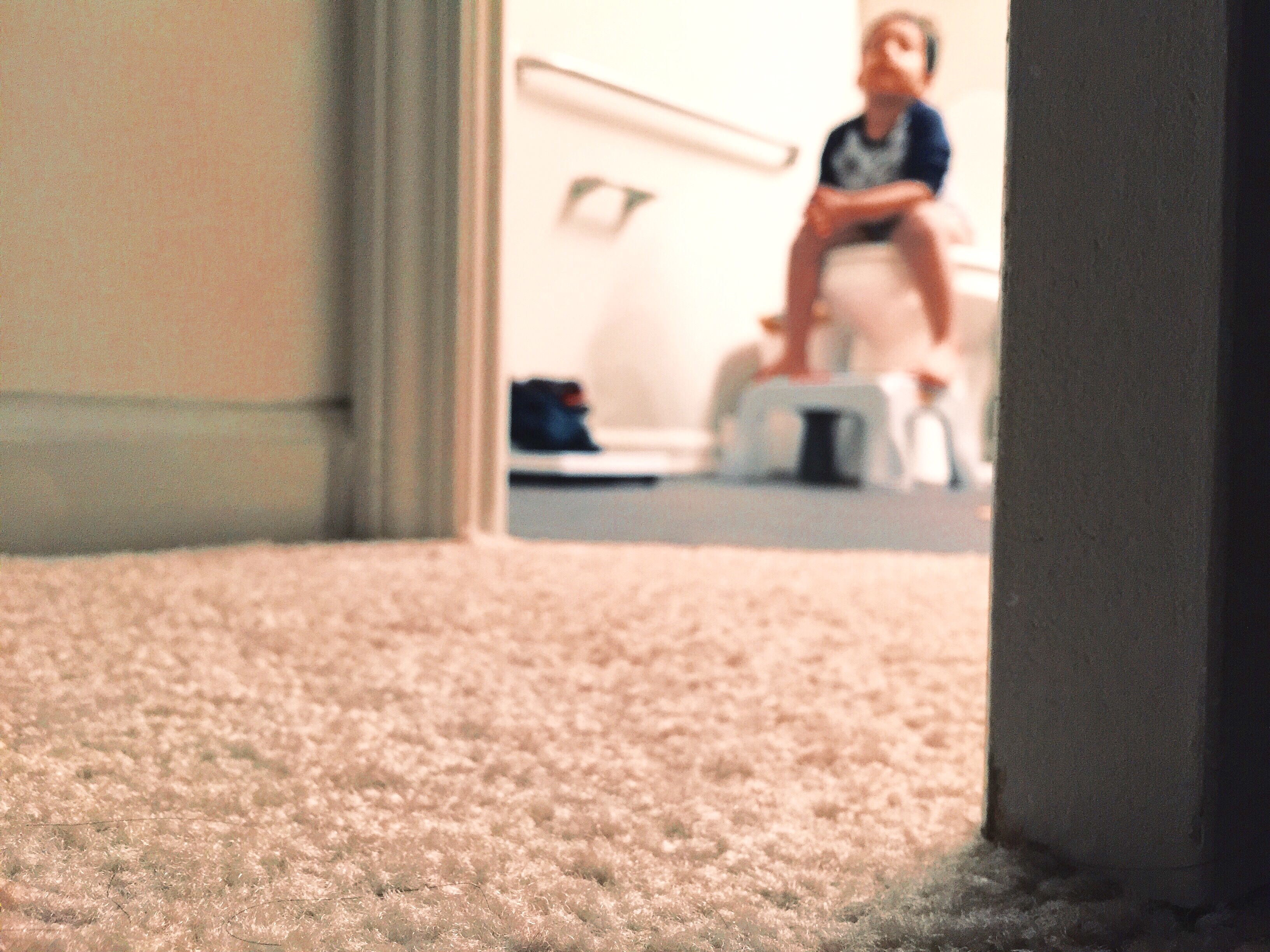
Toddlers learn a great deal through observation and imitation. Use this natural inclination to your advantage by allowing your child to watch family members use the toilet. This exposure demystifies the process and can make it less intimidating. Encourage older siblings to act as role models, demonstrating the steps involved in using the toilet. Books and videos featuring characters your child admires can also be effective tools. By seeing their favorite characters or siblings successfully using the toilet, toddlers are more likely to mimic these behaviors, making the transition smoother and more relatable.
4. Communication and Encouragement: Building Confidence

Effective communication is key to successful toilet training. Talk to your toddler about the process in simple, positive terms. Explain what the potty is for and what they can expect. Encourage them to ask questions and express their feelings about toilet training. Celebrate small victories, such as sitting on the potty or staying dry for a short period. Positive reinforcement boosts your child's confidence and motivation. Use praise, stickers, or small rewards to acknowledge their efforts and progress. Remember, patience and encouragement will foster a sense of achievement and make the learning process enjoyable.
5. Routine and Consistency: Establishing Habits
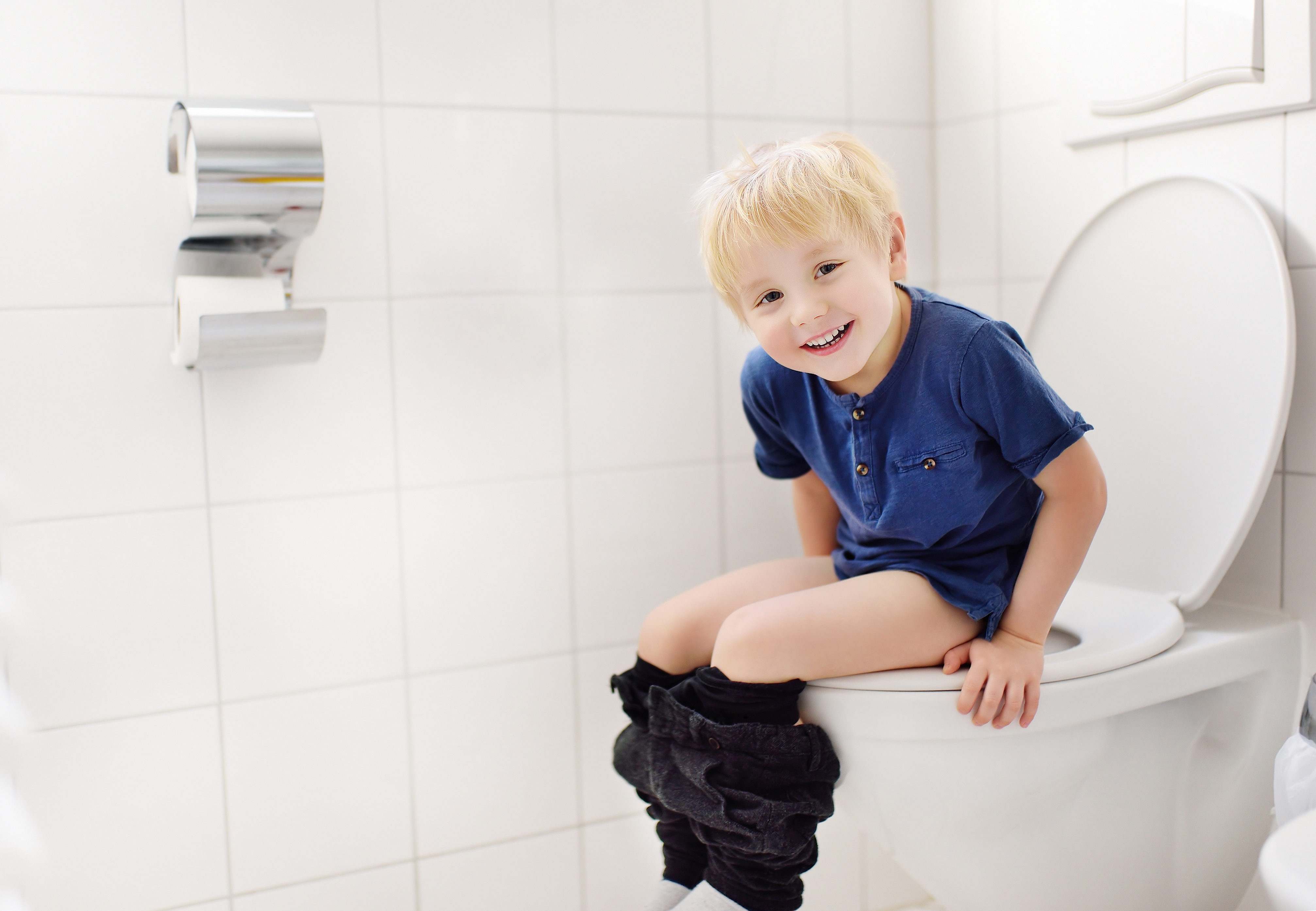
Creating a consistent toilet routine helps toddlers understand what is expected of them. Set regular times for potty breaks, and gently remind your child when it's time to try using the toilet. Consistency reinforces the habit and reduces anxiety. Use visual aids like charts or timers to help your toddler anticipate potty time. Consistency extends beyond timing; use the same language and steps each time, such as washing hands afterward. This repetition builds a sense of security and predictability, making the transition from diapers to toilet less overwhelming for your child.
6. Handling Setbacks: Navigating Challenges

Setbacks are a natural part of toilet training, and it's important to approach them with patience and understanding. Accidents will happen, and how you respond can impact your child's confidence. Avoid punishment or negative reactions, as these can create fear or resistance. Instead, reassure your child that accidents are normal and part of learning. Analyze any patterns or triggers that may be causing setbacks, such as changes in routine or stress. Address these underlying issues and adjust your approach accordingly. Remember, setbacks are temporary, and with persistence and support, your child will continue to progress.
7. Nighttime Training: Extending Success

Nighttime toilet training often follows daytime success and requires additional patience and strategy. Understand that staying dry overnight is a different skill and may take longer to master. Begin by ensuring your child uses the toilet before bedtime and limit liquids in the evening. Consider using training pants or mattress protectors to ease the transition. Be prepared for occasional nighttime accidents and handle them calmly. Encourage your child to use the toilet if they wake up during the night. Gradually, as their bladder control improves, your child will begin to stay dry throughout the night.
8. Cultural and Social Considerations: Tailoring the Approach
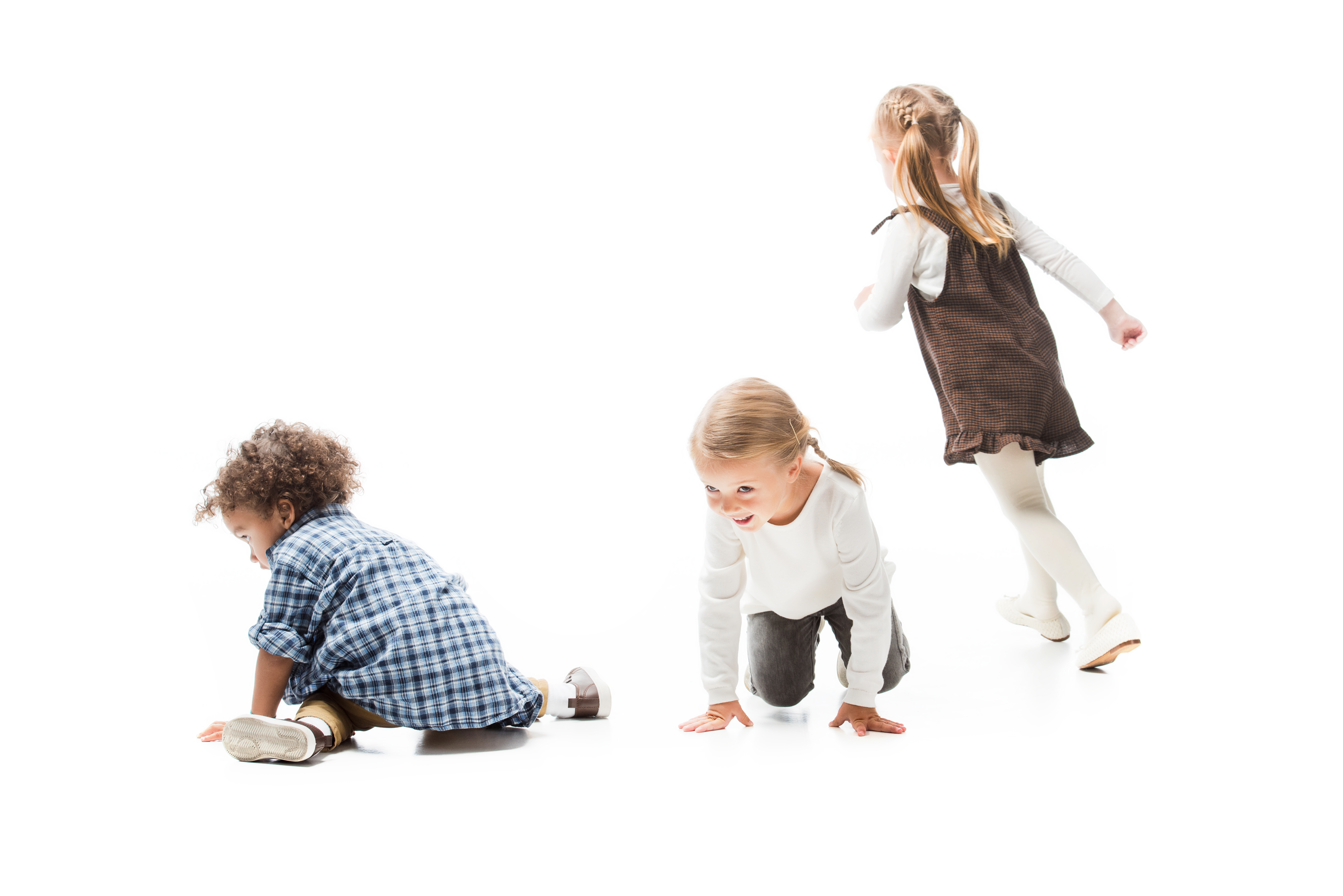
Toilet training practices can vary significantly across cultures and social settings. It's important to consider these factors when developing your approach. Some cultures emphasize early training, while others adopt a more relaxed timeline. Understanding these differences can help you choose methods that align with your family's values and expectations. Additionally, consider your child's social environment, such as daycare or preschool, and communicate with caregivers to ensure consistency in training approaches. Tailoring your strategy to fit cultural and social contexts can enhance the toilet training experience for both you and your child.
9. Technology and Tools: Modern Aids

In today's digital age, technology can be a valuable ally in toilet training. Apps designed for toddlers can make the process interactive and fun, offering games, reminders, and rewards for successful potty use. Some apps allow you to track progress and set goals, providing both you and your child with visual feedback. Additionally, consider using tools like potty training watches that vibrate to remind your child when it's time to try the toilet. These modern aids can complement traditional methods, making toilet training a more engaging and structured experience.
10. Encouraging Independence: Letting Your Toddler Take the Lead
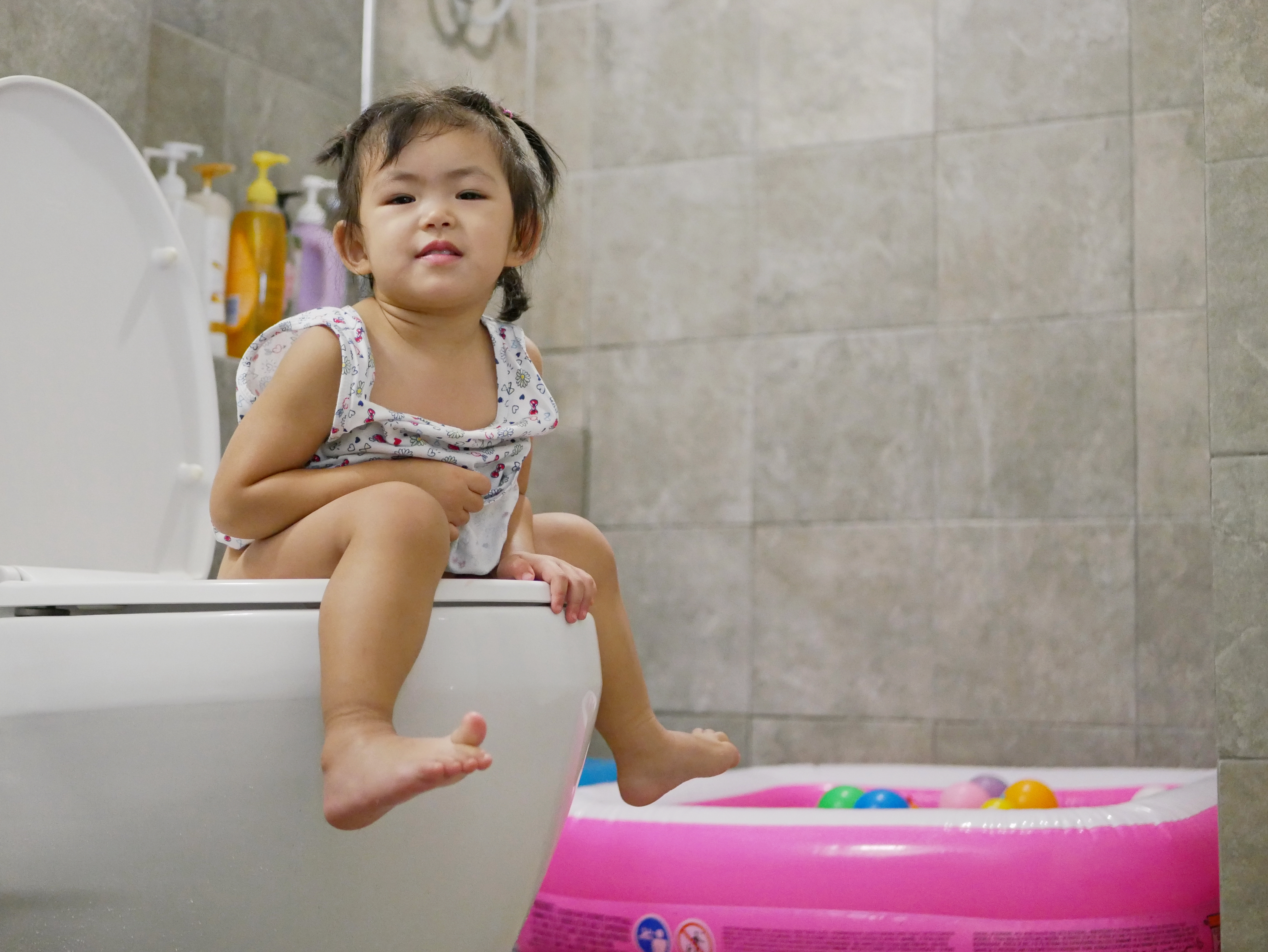
Giving your toddler a sense of control over their toilet training journey can boost confidence and cooperation. Allow them to pick out their own underwear with their favorite characters or colors, flush the toilet themselves, or even help set a potty timer. Giving choices—like asking if they’d like to try the potty before or after storytime—can reduce resistance. Encouraging independence helps toddlers feel proud of their progress and makes toilet training feel like an achievement rather than a chore.
Celebrating Success: Acknowledging Achievements

As your child masters toilet training, it's important to celebrate their success and acknowledge their achievements. Recognize the effort and determination they have shown throughout the process. Create a special reward or celebration to mark the completion of toilet training, such as a small party or a special outing. This celebration reinforces the positive experience and boosts your child's self-esteem. Reflect on the journey together, discussing challenges and triumphs, and emphasize the pride you feel in their accomplishment. Celebrating success not only marks the end of one developmental stage but also sets a positive tone for future milestones.
